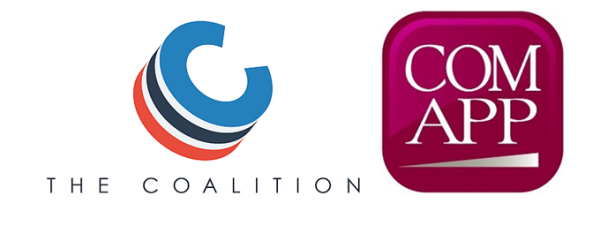Since many colleges take a large percentage of their students through the ED program, qualified students can usually increase their chances of admission by applying ED—assuming they’re willing to make the commitment. It’s also true that most ED programs notify students well before spring, so admitted students can enjoy the rest of senior year with their college application process settled.
But if ED offers a few bonuses to students, it offers even more to the colleges. Admitting a large number of students early solidifies the college’s financial aid budget early, and it increases the college’s yield (the percentage of admitted students who enroll) tremendously. These are both key pieces of a college’s admission portfolio, which in turn solidifies everything from the college’s bond rating to their place in college rankings.
It’s long been expected that the increasing number of students applying ED might influence the way ED programs work—and based on stories from school counselors, those changes are starting to take place. More students appear to be applying ED to increase their chances of admission, but then changing their mind, and attending a different college. Since the ED agreement involves no financial commitment from the student, there’s little to hold the student to the agreement other than their word. To be sure, colleges have frequently released students from an ED contract if the college can’t meet the student’s demonstrated financial need, but the number of students simply jilting their academically betrothed seems to be on the rise.
Two possible solutions have been suggested. The first one changes the ED agreement to a contract, where the student agrees to attend their first choice college if admitted—and if they don’t, they must pay the college a full year’s tuition, room, and board. Since the parent must also sign the ED statement, the contract would have the full force of law, and could at least lead the parents to think twice about making a casual commitment to a serious process.
Something a little less draconian is the creation of an ED Clearinghouse, where colleges post the names of their admitted ED students for all the world to see—including other colleges. Colleges would then check the names of their regularly admitted students to the list of students who applied ED somewhere else, and if they find a match, both colleges turn their acceptances into denials, and the student literally has nowhere to go. This already happens among some colleges informally, with great success.
A handful of ED applicants have strong reasons to ask to be released from their commitments each year, but recent trends suggest an increase in the number of students showing a “ho hum” attitude towards their commitment. This may not mean much to popular colleges now, but if the trend continues, Early Decision programs may be heading for a rocky time, leading to even more change in the world of college admissions.
